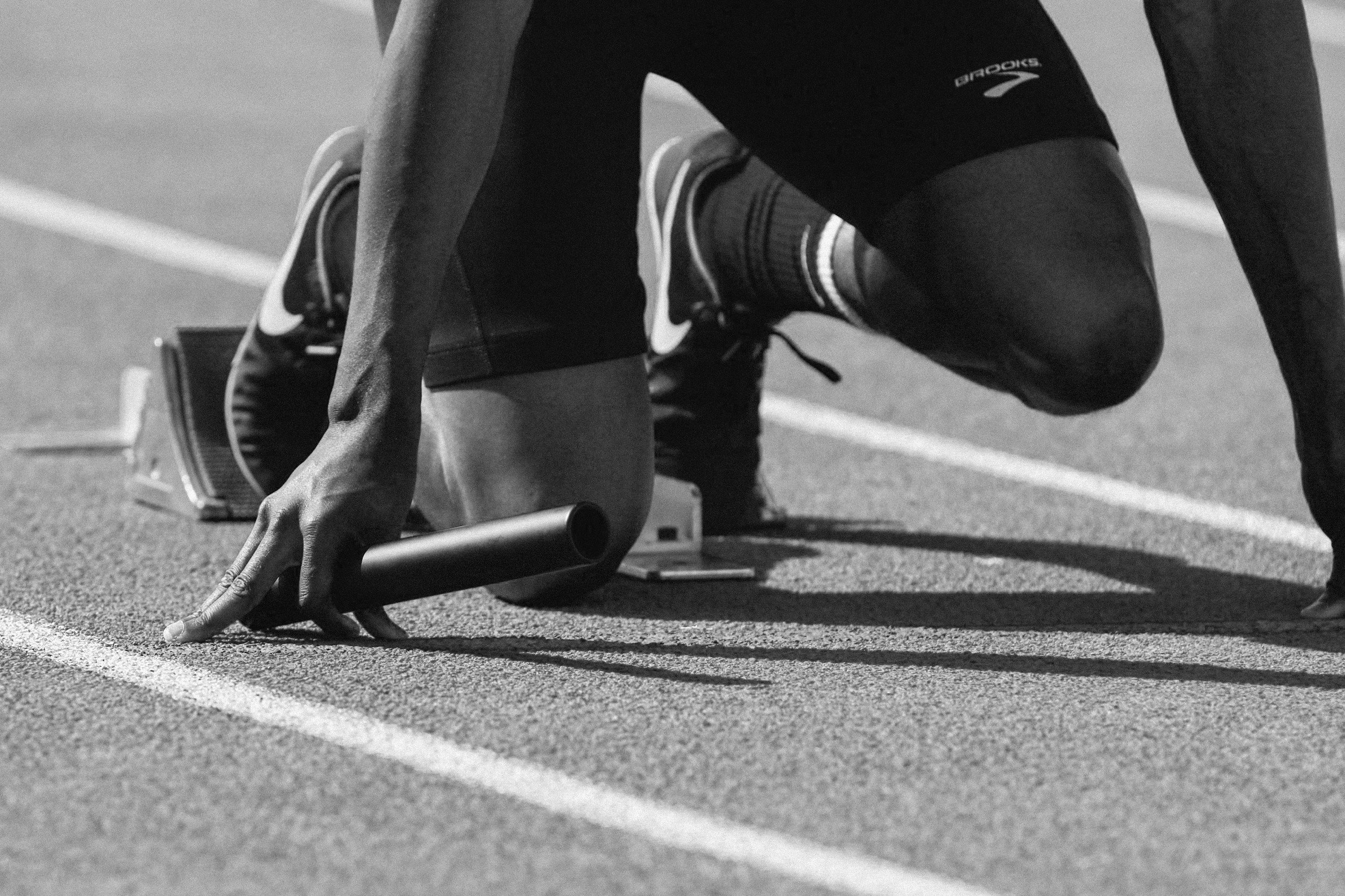Arousal, Focus & Performance: How to Control Your ANS (autonomic nervous system) for Success
Peak performance starts in the mind—arousal control is the key to mastering high-pressure moments.
Finding the Edge: Too Hyped, Too Slow, or Just Right?
Step into any fight gym to watch sparring and you’ll see two classic mistakes: The amped guy who burns himself out (usually a newbie, or sometimes the ego-fueled headhunter), taking every feint like a live grenade, and the too-calm fighter who moves like they just rolled off the couch—slow, stiff, and easy to overwhelm.
Both have the same problem: Their autonomic nervous system (ANS) is working against them.
This isn’t just about fighting. This also applies to the boardroom, out in the field, and our daily fight in life. The ANS dictates how you respond to stress, pressure, and high-stakes situations. Get it wrong, and you’re either too reactive (jumping at shadows, making rash decisions, burning out) or too sluggish (missing cues, underperforming). Get it right, and you hit the zone—focused, fluid, and able to think under fire.
The Autonomic Nervous System and Performance
Your ANS regulates arousal, from fight-or-flight (sympathetic) to a calm, adaptive response (parasympathetic). The sweet spot—where focus, reaction time, and execution are dialed in—is called the Optimal Arousal Zone.
The right level of arousal sharpens focus—too much leads to threat mode, too little leads to sluggishness.
Too high = Jittery, reactive, over-analyzing, prone to errors. You will burn out in time.
Too low = Foggy, unmotivated, slow response time.
Optimal = Relaxed but alert, sharp but composed. Flexible.
The Optimal Arousal Zone differs by task, and to a lesser degree, by person.
Top-Down vs. Bottom-Up Control
You can manage your ANS state in two ways:
Top-down (cognitive control): Mindfulness, attentional training, cognitive strategies (e.g., reframing stress, situational awareness).
Bottom-up (physiological control): Sleep, breathwork, nutrition (not eating foods that stress your nervous system), movement, physiological reset techniques (neuromuscular & craniosacral therapy, vagus nerve activation), consistent meditation practice.
Both layers are trainable. The mistake most people make is relying too much on one or the other. You should do both if you want peak results.
Boosting or Lowering Arousal On Demand
BOTTOM-UP: PHYSICAL STRATEGIES
To Lower Arousal (when overstimulated, anxious, or reactive):
Breathwork and autonomic regulation techniques help fine-tune arousal for peak cognitive and physical performance.
Tactical Breathing (4-4-6) – Inhale for 4s, hold 4s, exhale 6s (activates vagus nerve). Use belly breathing, not chest breathing.
Progressive Muscle Relaxation – Systematically tense & release muscle groups.
Craniosacral Therapy & Osteopathic Treatment– Can target deep tension release & autonomic balance.
L-Theanine, Magnesium, & Other Adaptogens – Supplements that modulate stress without sedation.
To Increase Arousal (when sluggish, fatigued, or unmotivated):
Short-burst movement (‘Exercise Snacks’) – Jump squats, push-ups, sprint in place for 10-20s.
Cold exposure – Splash cold water on the face (diving reflex) or use cold showers.
Kapalabhati – Fast, forceful exhales (30-60s) followed by natural inhales to increase alertness.
Music & Rhythmic Stimulation – Fast-paced beats to prime neuromotor drive.
Bright light exposure – Step outside for 5-10 min or use a light therapy box.
Lion’s Mane & Rhodiola Rosea - Evidence-backed adaptogens for cognitive boost & wakefulness.
Posture matters—sitting up straight signals the brain to adjust arousal levels accordingly.
TOP-DOWN: MENTAL STRATEGIES
To Lower Arousal (Calm the Mind & Reduce Reactivity):
Attentional Focus Training – Shift from wide awareness (distractibility) to narrow focus (absorption in the task).
Decentering & Meta-Awareness – Observe thoughts instead of reacting to them.
Cognitive Reframing – Perceive stress as activation, not danger (e.g., “I’m excited” vs. “I’m anxious”).
To Increase Arousal (Sharpen Mental Engagement & Motivation):
Pre-Task Rituals & Visualization – Creates a strong entry point into performance mode.
Mental Contrast – Picture the outcome of success vs. failure to increase drive.
Competition or Gamification – Inject urgency & stakes into a task.
Immediate Goal Chunking – Break down the task into bite-sized wins. Dopamine release begets more dopamine release.
Takeaway: Where’s Your ANS Right Now?
The best performers aren’t the most aggressive—they’re the most controlled. Arousal is a tool, not a liability.
Next time you're under pressure, check in: Are you too wired, too sluggish, or locked in? Read your arousal state and control it—instead of letting it control you.
Want to train your ANS like a skill? Learn how to sharpen resilience, optimize performance, and master stress—let’s talk.




